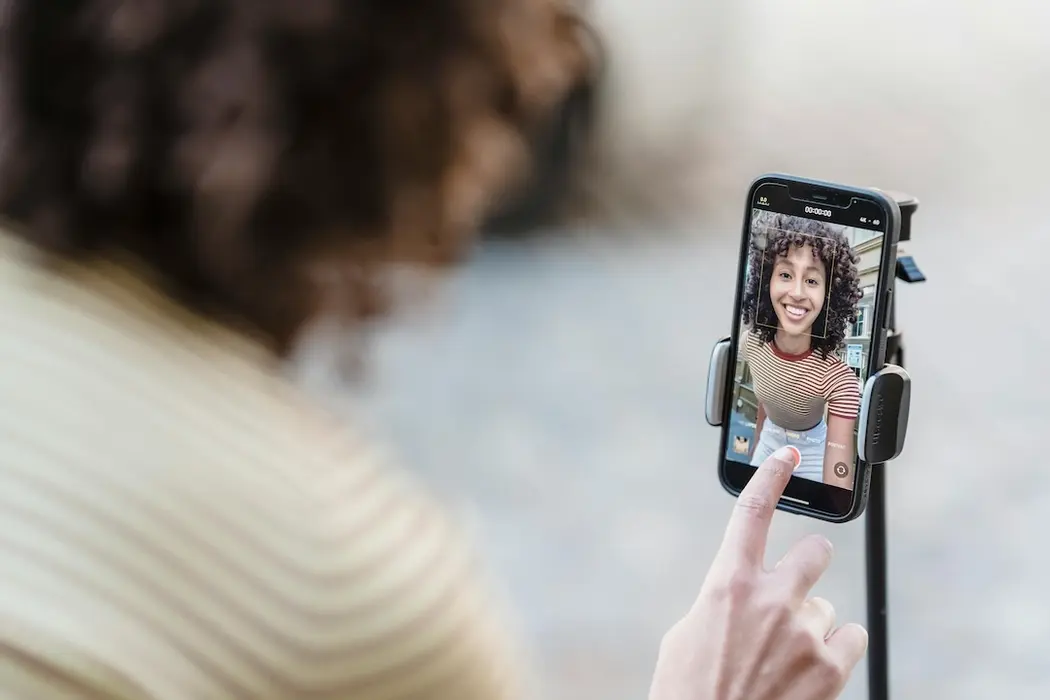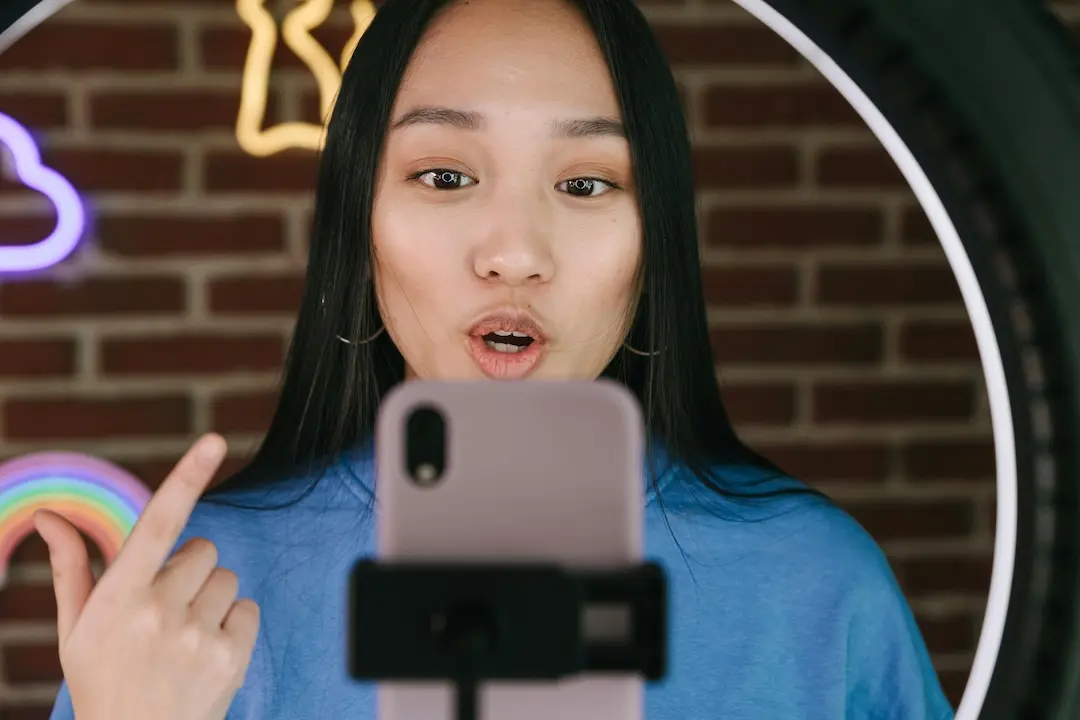
How Micro-Influencers Can Enhance Your Marketing Strategy
The rise of micro-influencers has reshaped the way brands approach marketing, offering an authentic, cost-effective alternative to traditional influencer marketing campaigns. As businesses increasingly seek meaningful engagement over follower count and reach, micro-influencers have become a key part of influencer marketing strategies. Unlike mega influencers with millions of followers, micro-influencers cultivate smaller but highly engaged communities, making them ideal for brands looking to connect with niche audiences in a more meaningful way.
In this article, we’ll explore what defines a micro-influencer, their unique benefits, and how you can effectively integrate them into your influencer marketing strategy. From practical steps to find and collaborate with the right influencers to inspiring hypothetical success scenarios, this guide will provide actionable insights. Plus, we’ll show how Collabstr simplifies the process of finding and collaboration with micro-influencers, ensuring your influencer marketing campaigns achieve maximum impact.
What is a Micro-Influencer?
A micro-influencer is generally defined as a content creator with a following between 10,000 and 100,000 on social media platforms like Instagram, TikTok, or YouTube. However, their true value lies not in the size of their audience but in their ability to foster authentic relationships and even a personal connection with their followers. These influencers often focus on specific niches such as fitness, beauty, food, or parenting, creating highly targeted and relatable content for their audience.
The key appeal of micro-influencers lies in their authenticity. Unlike macro or mega influencers and celebrities, micro-influencers are seen as more approachable and trustworthy. Their recommendations feel genuine, often stemming from personal experience rather than a purely transactional relationship with brands. For example, a fitness enthusiast with 25,000 followers might share their favourite workout routines while featuring products they genuinely use, creating content that resonates deeply with their audience.
Benefits of Working with Micro-Influencers

Micro-influencers offer several advantages that make them a powerful tool for brands looking to optimize their influencer marketing efforts. Here’s why they should be a priority in your strategy:
1. Higher Engagement Rates
Micro-influencers typically have more engaged audiences compared to their macro or mega influencers. This is because smaller communities allow influencers to interact directly with their followers, fostering trust and loyalty. Hypothetically, an influencer with 15,000 followers could have more meaningful conversations through comments and direct messages than a macro or mega influencer with their celebrity status giving them a broader but less connected audience. Micro-influencers are more likely to become genuine brand ambassadors, building a connection with your brand for the long term.
2. Cost-Effectiveness
Collaborating with micro-influencers is often more budget-friendly than partnering with mega influencers. For the same budget, brands might work with several micro-influencers, amplifying their reach while maintaining authenticity. This approach can be particularly valuable for smaller businesses or those just starting out in influencer marketing, as it allows for experimentation without overextending budgets.

By spreading your budget across several micro-influencers, you can target different geographies, demographics, or niches, ensuring your campaign resonates with diverse audience segments. For example, a fashion brand could work with influencers in various regions to promote seasonal collections, tailoring their message to local styles and preferences. This approach not only extends your influencer marketing campaign’s reach but also adds versatility, allowing you to test what works best in different markets or with specific audiences.
3. Niche Targeting
Micro-influencers excel at reaching specific audience segments. For instance, a brand that produces eco-friendly baby products might partner with parenting influencers who specialize in sustainability. This precise targeting ensures your influencer marketing campaign reaches the right audience, increasing the likelihood of high engagement rates and conversions.
4. Authenticity and Trust
One of the greatest strengths of micro-influencers is their ability to create content that feels relatable and real. Their audiences trust their opinions, as they often come across as genuine enthusiasts rather than paid advertisers. A beauty influencer sharing their personal skincare journey or a food blogger showcasing their favourite recipes is far more likely to build trust than a one-size-fits-all ad campaign.
5 Steps to Find Micro-Influencers
Finding the right micro-influencer for your influencer marketing campaign doesn’t have to be complicated. Follow these five steps to ensure you connect with influencers and creators who align with your brand’s goals and values.
1. Define Your Campaign Goals and Audience
Start by clarifying what you want to achieve with your influencer marketing campaign. Are you aiming to increase brand awareness, drive sales, or promote a specific product with endorsements? Understanding your objectives will help you identify the right influencers and measure your campaign's success. Equally important is knowing your target audience. Who are they, what social media platforms do they use, and what type of content resonates with them?
2. Research Platforms
Social media platforms like Instagram, TikTok, and YouTube are prime spaces for discovering micro-influencers. Additionally, Collabstr streamlines this process by allowing brands to search for social media influencers based on niche, location, engagement rates, and budget.
3. Analyze Engagement Metrics
While follower count is important, it shouldn’t be your sole focus. Look at metrics that indicate engagement rates like likes, comments, shares, and audience demographics to ensure the influencer’s followers align with your target market. For example, an influencer with a smaller but highly engaged audience might offer more value than one with a large but less interactive following.
4. Reach Out with Clear Communication
When you're approaching micro-influencers, personalize your outreach messages. Explain why you believe they’re a good fit for your brand, highlight what you admire about their content, and outline what you’re offering in return. Clear and respectful communication sets the tone for a successful collaboration. Check out our templates for successful influencer outreach.
5. Establish a Collaboration Plan
Once you’ve found the right social media influencers, create a detailed plan outlining expectations for deliverables, timelines, and compensation. Transparency from the outset helps avoid misunderstandings and ensures both parties are aligned.
5 Examples of Collaborations with Micro-Influencers

To illustrate the potential impact of micro-influencers, here are a few hypothetical scenarios showcasing how brands can work with micro-influencers in various industries to reap the rewards of collaborations with these small but mighty content creators:
1. Fitness Brand Campaign
Imagine a sportswear company partnering with several fitness enthusiasts, each with 20,000 followers, to showcase their latest line of leggings. These influencers could share workout routines featuring the products, creating relatable content that reviews the product honestly and inspires their followers to check out the brand.
2. Beauty Product Launch
A skincare company could collaborate with beauty influencers in the 15,000–50,000 follower range to promote a new product. Through tutorials and “before and after” content, influencers could highlight the product’s benefits, encouraging followers to make a purchase.
3. Local Restaurant Promotion
A small restaurant might work with food bloggers in the area to build buzz around a new menu. Influencers could share photos, reviews, and stories of their dining experiences, helping the restaurant attract new customers from their local follower base.
4. Fashion Brand Collaboration
A sustainable fashion brand could team up with micro-influencers focused on eco-conscious living to showcase their latest collection. By styling outfits and sharing tips on creating a capsule wardrobe, these influencers could drive interest in the brand while reinforcing its commitment to sustainability. For instance, a micro-influencer with 18,000 followers might create a "day-to-night" look using key pieces from the collection, inspiring their audience to explore the brand’s offerings.
5. Travel Campaign Promotion
A boutique hotel chain could partner with travel influencers in the 10,000–30,000 follower range to highlight unique experiences at their properties. These influencers could post stunning photos of the location, share itineraries, or even vlog about their stay. For example, an influencer known for family travel might feature the hotel’s kid-friendly amenities, while another specializing in luxury travel might focus on the spa or gourmet dining options, each reaching a specific audience segment.
These five scenarios demonstrate how micro-influencers can create authentic, relatable content that aligns with your brand’s goals, helping you connect with your target audience in a meaningful way.
Find the Right Micro-Influencer for Your Campaign with Collabstr!
When it comes to finding the perfect micro-influencers, Collabstr makes the process effortless. With advanced search filters for niche, location, engagement rate, and budget, Collabstr ensures you can connect with social media influencers who align with your brand’s goals. The platform also offers tools for campaign management, real-time analytics, and streamlined collaboration, saving you time and resources.
Ready to elevate your influencer marketing strategy? Explore Collabstr today and discover how easy it is to connect with micro-influencers who can bring your brand’s vision to life.
Frequently Asked Questions
Do Micro-Influencers Get Paid?
Yes, micro-influencers typically get paid for collaborations, though rates vary depending on factors like follower count, engagement rates, and the scope of the digital campaign.
How Many Followers is a Micro-Influencer?
Micro-influencers usually have between 10,000 and 100,000 followers, though the definition can vary slightly by platform.
What Are the 4 Types of Influencers?
The three main categories of influencers are nano-influencers (1,000–10,000 followers) micro-influencers (10,000–100,000 followers), macro-influencers (100,000–1 million followers), and mega-influencers (over 1 million followers).
What's the Difference Between a Micro and Nano Influencer?
As mentioned above, a nano-influencer typically has a smaller follower count, ranging from 1,000 to 10,000, while a micro-influencer has between 10,000 and 100,000 followers. Nano-influencers often have an even closer relationship with their followers, offering hyper-local or extremely niche engagement. They are ideal for grassroots campaigns or targeting very specific communities, whereas micro-influencers are better suited for campaigns requiring slightly broader but still niche audiences.
When Can You Call Yourself an Influencer?
You can call yourself an influencer when you have built a dedicated audience on one or more platforms and are able to influence their opinions, decisions, or behaviors. This typically involves creating consistent, high-quality content in a specific niche that resonates with your followers. While there’s no fixed threshold for follower count, even nano influencers with 1,000 followers can be influential if their audience is highly engaged and trusts their recommendations.









